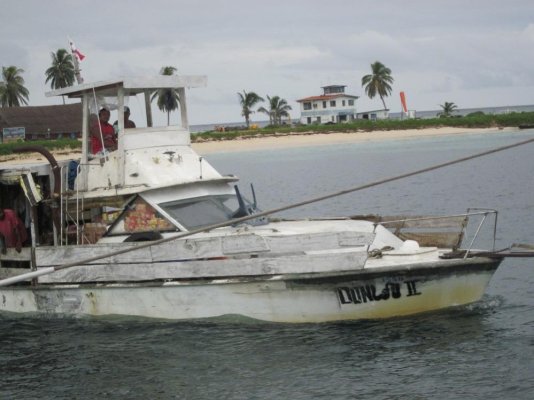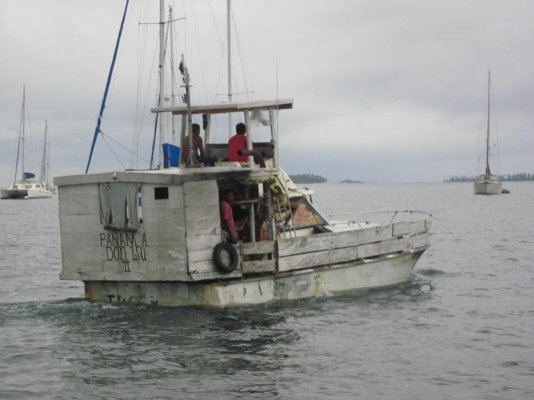BrianSmith
Senior Member
- Joined
- Mar 20, 2014
- Messages
- 487
- Location
- USA
- Vessel Name
- Smartini
- Vessel Make
- 2002 Kristen 52' Flybridge Trawler
Can't seem to find any topics that address this, so here goes:
We have started flying some supplies from FL to the Bahamas for a group called Bahamas Habitat. Problem is, the plane (Cessna 182) will carry only about 475# of stuff, with my wife and me and enough fuel for there and back.
Our boat, on the other hand (a 43' Gulfstar Trawler) could carry a lot more. I mean, a LOT MORE! Question is, how much? (I think at least a couple thousand lbs, but it might be many thousand pounds - hence the post.) If we can take 100 boxes of dried prepared meals, that's 3,600 lbs and 28,800 meals. Could we take 100? 150? 200?
How does one determine the cargo capacity (weight - I can figure out the volume) of a boat like ours?
Thanks so much,
Brian
We have started flying some supplies from FL to the Bahamas for a group called Bahamas Habitat. Problem is, the plane (Cessna 182) will carry only about 475# of stuff, with my wife and me and enough fuel for there and back.
Our boat, on the other hand (a 43' Gulfstar Trawler) could carry a lot more. I mean, a LOT MORE! Question is, how much? (I think at least a couple thousand lbs, but it might be many thousand pounds - hence the post.) If we can take 100 boxes of dried prepared meals, that's 3,600 lbs and 28,800 meals. Could we take 100? 150? 200?
How does one determine the cargo capacity (weight - I can figure out the volume) of a boat like ours?
Thanks so much,
Brian



